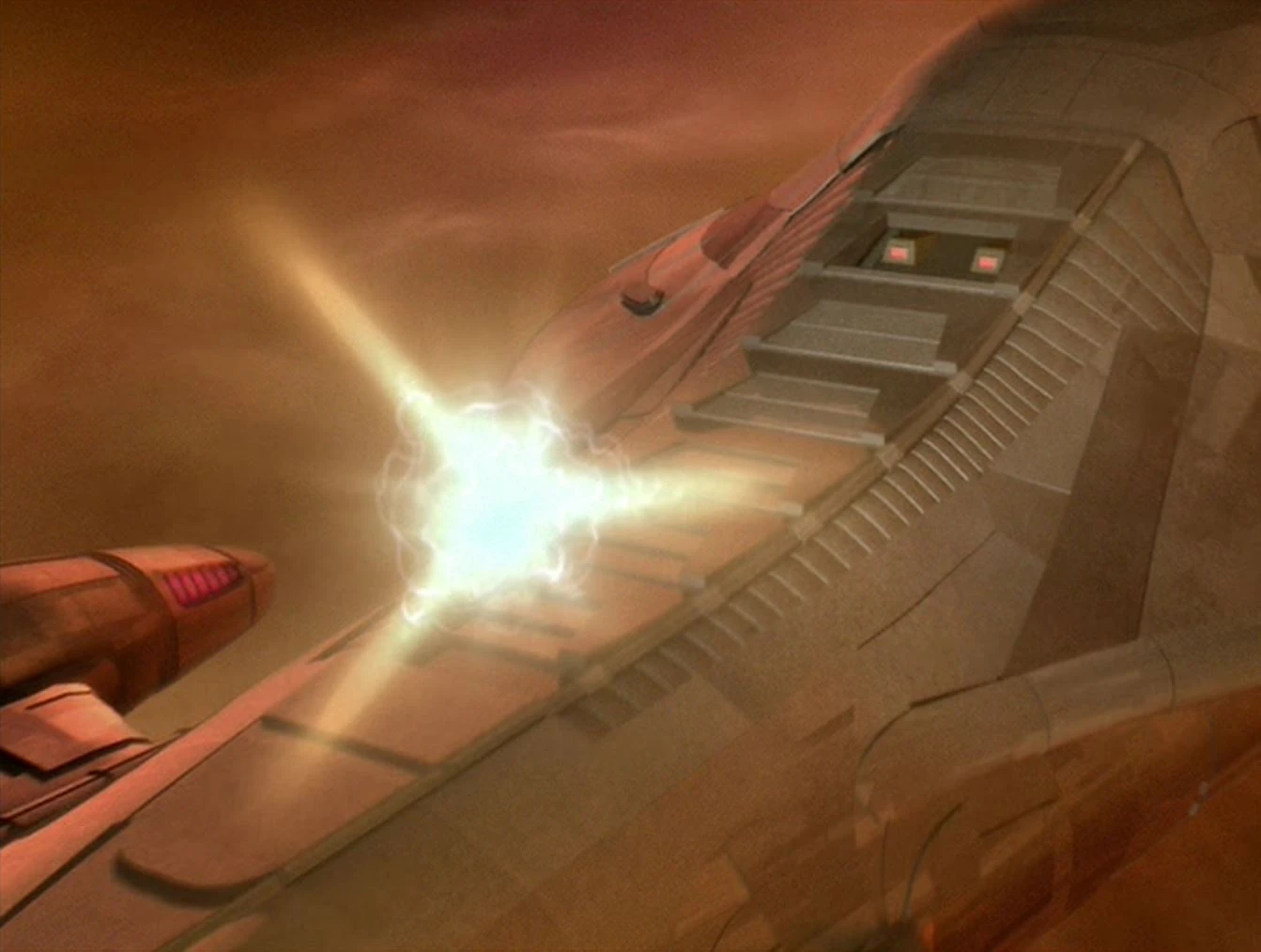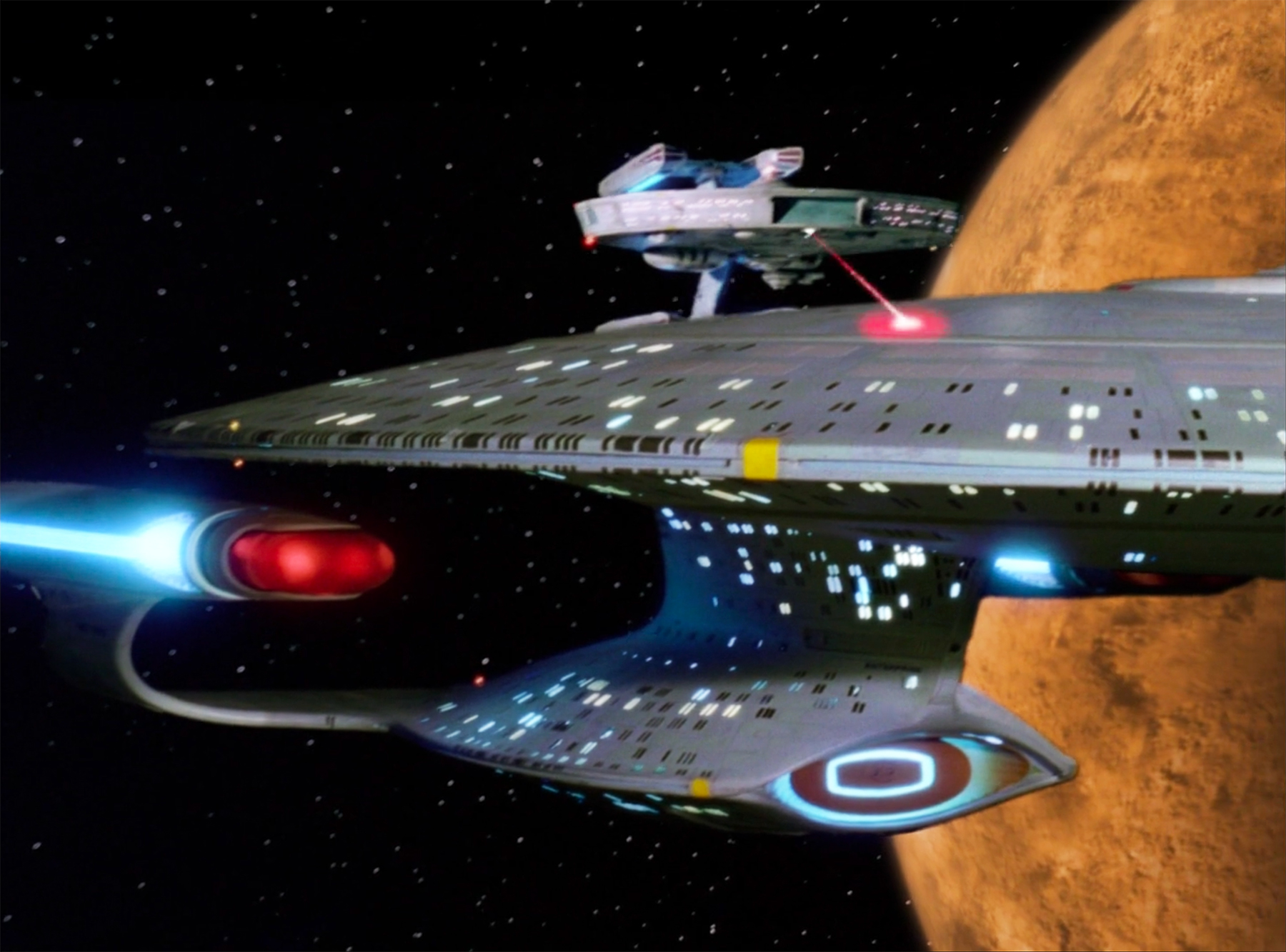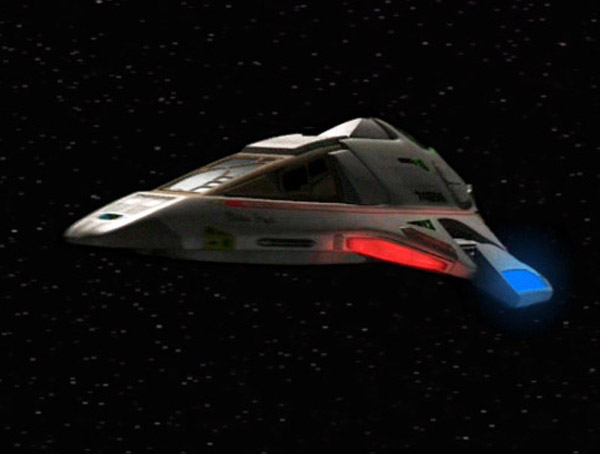Just a short prefix to all this: I'm English and the game of STAW is an American production, hence some of the wording is in American English and by virtue of my writing in British English there may be some inconsistency with spelling. Hence the title of this post is Defence (the British English version) rather than defense (the American English Version). Please don't take this inconsistency as evidence of my inability to spell, just difficulties with auto-correct on a British English computer when writing about an American game.
Last time I spoke about the standard tactic in STAW: Quality attacking. It seems only reasonable to talk now about the opposite of that tactic, Defence Dice Stacking. Up to Wave 2, defence dice stacking seemed to be the most popular way to play the game - this was mainly because of the strength of cloaking in opposition to low PWV/poor quality that existed in the early game. The idea behind defence stacking is that you make it so difficult to kill your ships that eventually your attacking, which may be low in dice and quality, will break through your opponent's defences. It is the quintessential "Attrition" strategy.
As I've already alluded to above, this tactics used to be better than it is now. The two main reasons for this are the gradual power creep that has seen higher numbers of red dice being rolled (with increased quality) and the loss of the dreadnought thanks to the 50/3 format change. At Regionals last year, before the 50/3 format change, the 90 point Federation dreadnought with 8-9 defence dice with quality was a legitimate (and winning) strategy.
The Basics
Unlike with High Quality Attacking (HQA), Defence Dice Stacking (DDS) doesn't require High CS captains. The main reason for this is that HQA relies upon killing your opponent before they get a chance to hit your weaker defence whilst in DDS winning only requires survival. For this reason, DDS prefers captains with abilities that aid defence. Some examples of this are Robert De Soto, Gul Evek, Rudolph Ransom, Sar - all of whom have lower CS but also Ahab Picard, Jayneway, Koloth and Letant, who have higher CS. The point is when choosing a captain for DDS you are choosing based on the ability that captain has, rather than their CS. The other reason for wanting to fire last is that you will have weathered enemy fire to the point that it's safe to spend that BS conversion on attacking since you won't get attacked again and really regret not having that BS token to convert into successful evades.
The Second factor in DDS is that you want to maximise the number of upgrades that give you bonus defence dice. Federation are overburdened with these type of upgrades: Hood Riker, Tinyprise Sulu, Tom Paris, Multi-Adaptive Shielding, etc. Other factions have some of these too, Amat'Igan and Tetryon Emmissions from Dominion for example. Some factions are heavily lacking in DDS upgrades (I'm struggling to think of a Klingon example).
Next, you need a ship that both has the slots to put these upgrades on, and a good native agility ability, like the USS Voyager (3 crew slots, 1 tech slot, 2 native agility) or the RIS Vo (3 native agility and Cloaking). The USS Voyager is the archetypal spaceframe to build DDS onto.
Finally you need a way to get quality on those dice. This can be via upgrades like Romulan Security Officer (that allow a re-roll for a disable), Ship Text (the IRW Belak allows re-rolls of BS results) or captains (Gul Evek allows you to re-roll all blank results). It is better if these abilities are passive, since then you can take either a BS or Evade token. Before anyone says anything, yes, High CS action economy captains are good in this build, but you may want to avoid them because you want to spend that BS token at the optimum time, and that might not always be by firing first (but it sometimes will be).
A Cross-Faction example:
U.S.S. Voyager [U.S.S. Voyager] (30)
Robert DeSoto [U.S.S. Hood] (3)
Pavel Chekov [U.S.S. Enterprise (Refit)] (3)
William T. Riker [U.S.S. Hood] (3)
Hikaru Sulu [U.S.S. Enterprise] (3)
Multi-adaptive Shields [U.S.S. Raven] (5)
Total (47)
U.S.S. Bellerophon [U.S.S. Bellerophon] (30)
Rudolph Ransom [U.S.S. Equinox] (2)
Tom Paris [U.S.S. Voyager] (4)
Amat'Igan [Battle Cruiser] (3)
Total (39)
R.I.S. Vo [R.I.S. Vo] (16)
Liviana Charvanek [I.R.W. Vorta Vor] (4)
Admiral Mendak [I.R.W. Haakona] (4)
Diplomacy [Ti'Mur] (6)
Romulan Security Officer [I.R.W. Haakona] (2)
Distress Signal [R.I.S. Pi] (2)
Total (34)
Officer Exchange Program (0)
Fleet total: 120
The two Federation Ships have 6 dice and the Vo has 7 whilst cloaked. Voyager get 2 BS conversions for free and 3 re-rolls from De Soto, the Bellerophon gets an Evade token and can take the BS token from Mendak's fleet action too, as well as being able to cancel a hit by disabling 2 of its 5 shields. The Vo's named text allows for you to take an evade token for free as long as you don't attack and with distress signal you can add 2 extra dice when needed. The RSO gives you a re-roll for a disable and Charvanek's ability can save you from the disable. Diplomacy can even act to reduce incoming fire on a key turn to save one of the larger ships (and as a side effect, save the Vo too!).
Federation can do a similar build, which isn't quite as effective:
U.S.S. Voyager [U.S.S. Voyager] (30)
Robert DeSoto [U.S.S. Hood] (3)
Pavel Chekov [U.S.S. Enterprise (Refit)] (3)
Hikaru Sulu [U.S.S. Enterprise] (3)
William T. Riker [U.S.S. Hood] (3)
Multi-adaptive Shields [U.S.S. Raven] (5)
Total (47)
U.S.S. Bellerophon [U.S.S. Bellerophon] (30)
Rudolph Ransom [U.S.S. Equinox] (2)
Tom Paris [U.S.S. Voyager] (4)
Data [Starter] (3)
Dorsal Phaser Array [U.S.S. Enterprise-E] (5)
Total (44)
Enterprise NX-01 [Enterprise NX-01] (16)
Clark Terell [U.S.S. Reliant] (1)
Admiral Maxwell Forrest [Enterprise NX-01] (3)
Elizabeth Shelby [U.S.S. Yeager] (2)
Enhanced Hull Plating [Enterprise NX-01] (0)
Total (22)
Main Power Grid (3)
Fleet total: 120
With this version of the build you get 7-6-3 dice, although the NX has enhanced hull plating to cancel two hits and Shelby potentially gives you an extra dice. The Bellerophon loses a native green dice but gains an extra evade token and increased coverage from dorsal phaser array. Forrest gives you extra manoeuvrability, and boosts the NX to skill 3. The Main Power Grid resource allows you to cancel two hits incoming against one ship for the cost of an APT although you lose the opportunity to attack if you do this, interestingly, the NX-01 could cancel up to 4 hits a turn against it, for the cost of 3 APTs.
Tactics
When facing a fleet like this the one upgrade that absolutely destroys it is Magnetometric Guided Charge. Having invested so much in defence, and upgrade that just ignores all that is just brutal. Whilst MGC is the best way, you could use any other scan enhancers or agility reducers to cut through those defence dice and also because it is so reliant on its upgrades, using any gankers to remove key upgrades, like Sulu or Diplomacy will be significantly irksome. The truth of the matter is, ultimately, that even the best defence is unlikely to stop a really good offence, so a 6 dice attack with both TL and BS could burn through a 6 dice defence with both re-rolls and Conversions. If the dice are on your side though, DDS will beat HQA eventually - that's a big if.
Anyway, there you go, another tactic you can use in your STAW games, something to try out and test. Any comments are welcome, especially if you've had experience running this type of build!
Next Time: Repeated Attack Cancellation





